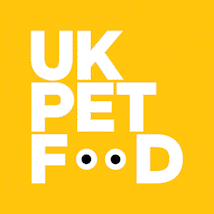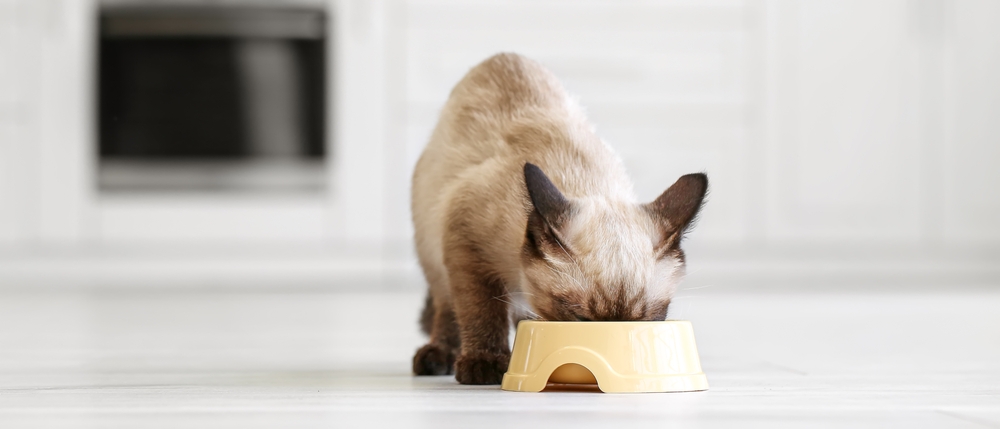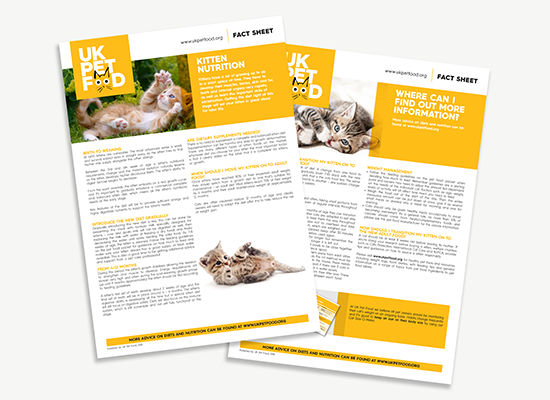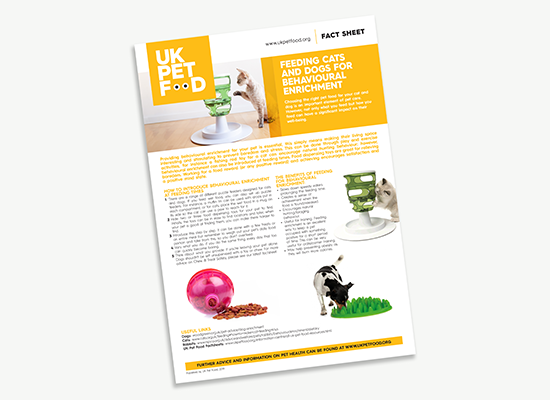Feeding guides for Cats & Kittens
How much should I feed my cat?
Follow the feeding guidelines on the pack is the best starting point. Always weigh out food as the margin for error with measuring cups and guesstimates is too great.
As well as speaking to your vet, many pet food manufacturers provide customer care lines with feeding advice for owners, and a number also have dedicated puppy/kitten clubs.
In terms of what is the best pet food, we would recommend a specially formulated life stage diet as these have been specifically designed to meet the nutritional needs of your pet at this time in her life.
What foods are dangerous for cats?
Cats should avoid human food.
While some human foods are safe for cats, many are not.
Foods like onions, garlic, chocolate, grapes, and raisins are toxic to cats and should be avoided.
When can I start feeding my kitten adult food?
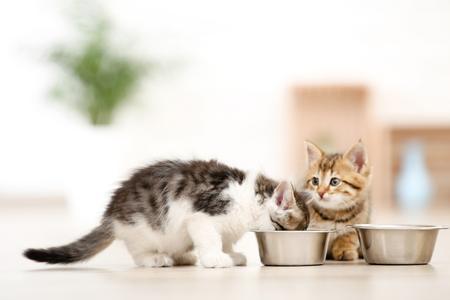
Once kittens have reached 90% of their expected adult weight, they should switch from a growth diet to one that’s suitable for maintenance – an adult diet.
Most kittens reach 75% of their weight by 6 months and their adult maintenance weight at approximately 12 months. Cats are often neutered before 12 months of age and, ideally, owners will need to adapt the diet after this to help reduce the risk of weight gain.
When transitioning your kitten to adult food, avoid any sudden change of diet. A change from one food to another should be done gradually (over 7-10 days) with the new food increased day-by-day until that is the only food fed. The same goes for a switch from one brand to another – any sudden change may upset the cat’s digestive system.
Don't forget to keep your cat hydrated!
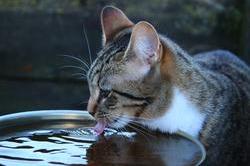
Regardless of the food type you choose for your cat, a plentiful supply of fresh, clean drinking water should always be available.
We advise all owners to follow the 1+1 rule (offer one water bowl for each pet in the house plus an additional one). If you are concerned about any health issues, please contact your local vet.
What can I do to support by cat's wellbeing?
Otherwise known as Behavioural Enrichment, the way you feed your cat and the environment in which they live is essential to your pet's wellbeing by helping to prevent boredom and stress.
